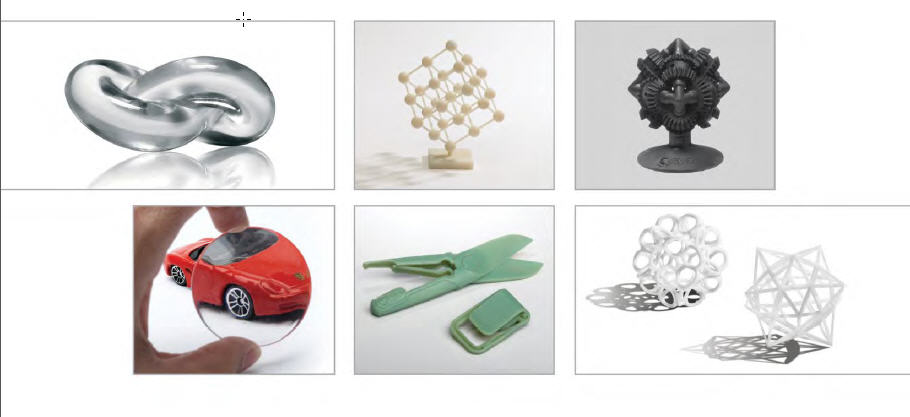Top Five Reasons to Integrate 3D Printing in Your Product Development Cycle - Part 6
Part 6: Additional considerations
Cost and time savings are the primary drivers for incorporating 3D printing into the product development process. But for some organizations, other factors influence the need for in-house technology.

The ability to drive revenue – pertaining primarily to service bureaus – by offering 3D printing services or to use the services as a way to encourage customers into giving them ancillary business such as manufacturing. When Fawcett Design was evaluating rapid prototyping technologies they settled on a high-end Objet 3D printing system because it offered the speed and finish quality required to have the competitive edge as a rapid prototyping service provider.
Organizations oftentimes weigh the need for in-house technology against the efficiencies of outsourcing. A typical maturity curve is to start off with outsourcing, and then bring it “in house” as the volume of projects grows.
Many Objet customers have realized that an in-house solution has significant additional benefits like the ability to protect the confidentiality of their designs. Customers have also found that the 3D printing system can be useful for many different applications some of which were originally unexpected.
Having this technology at their fingertips gives them the freedom they need to be more creative and efficient with their designs.
Learn more about 3d Printing at cati.com.
*Information provided by Objet, Ltd., Republished from Objet"s Top 5 Reasons to Integrate 3D Printing in Your Product Development Cycle White Paper.

 Blog
Blog